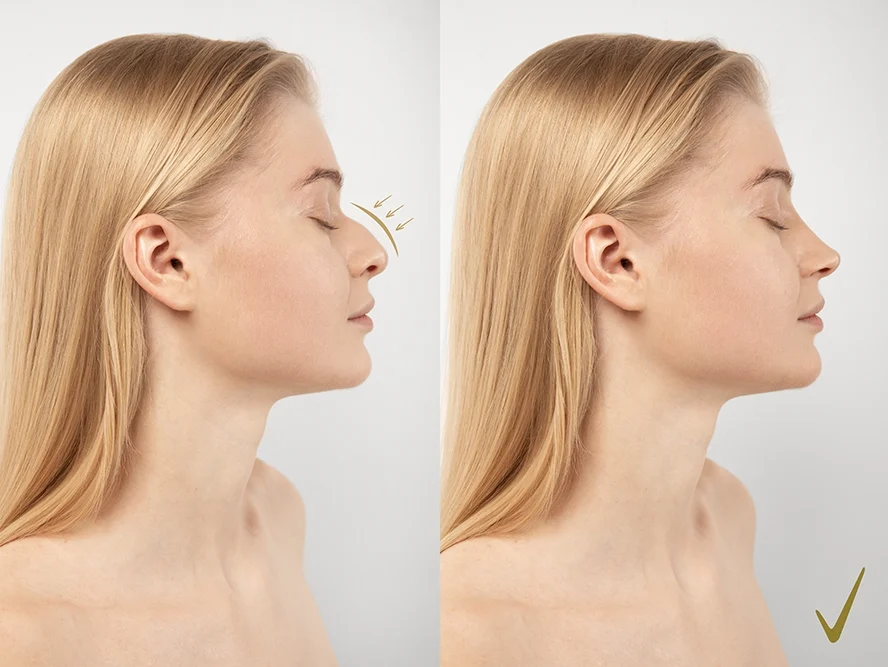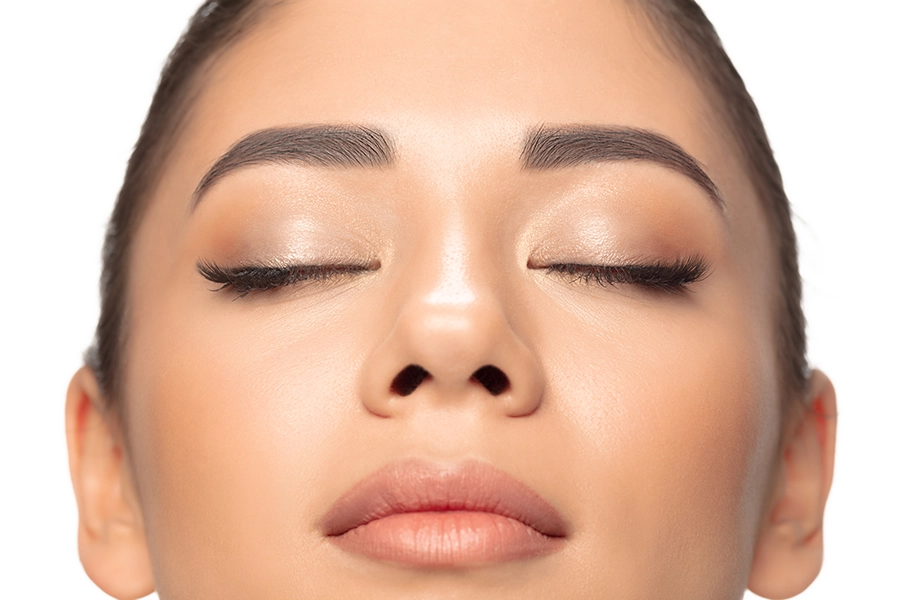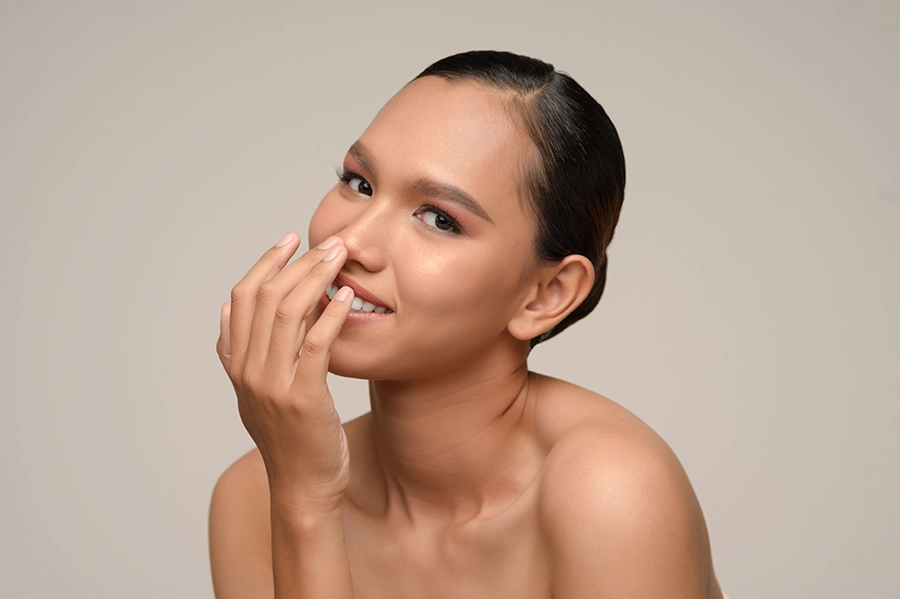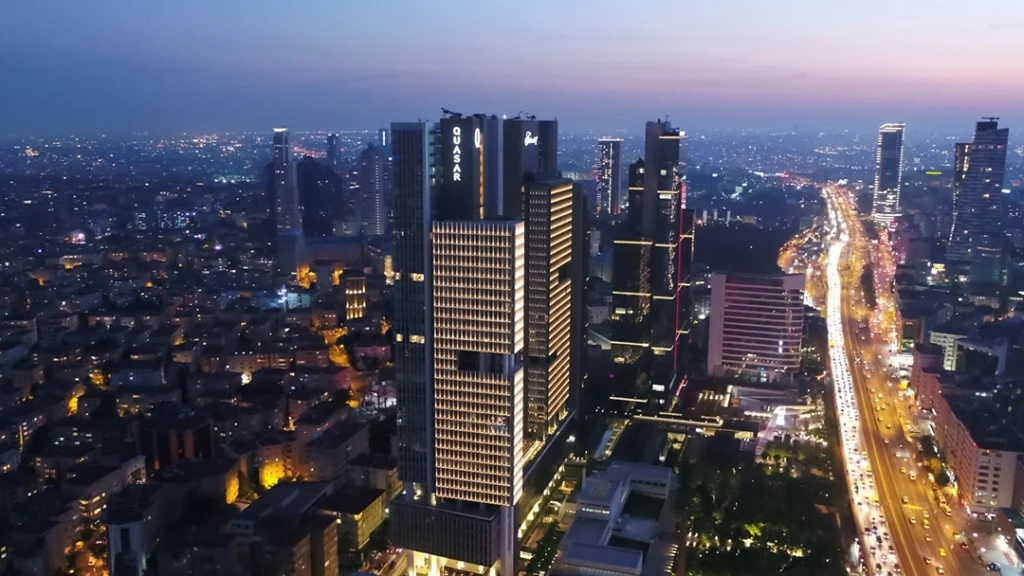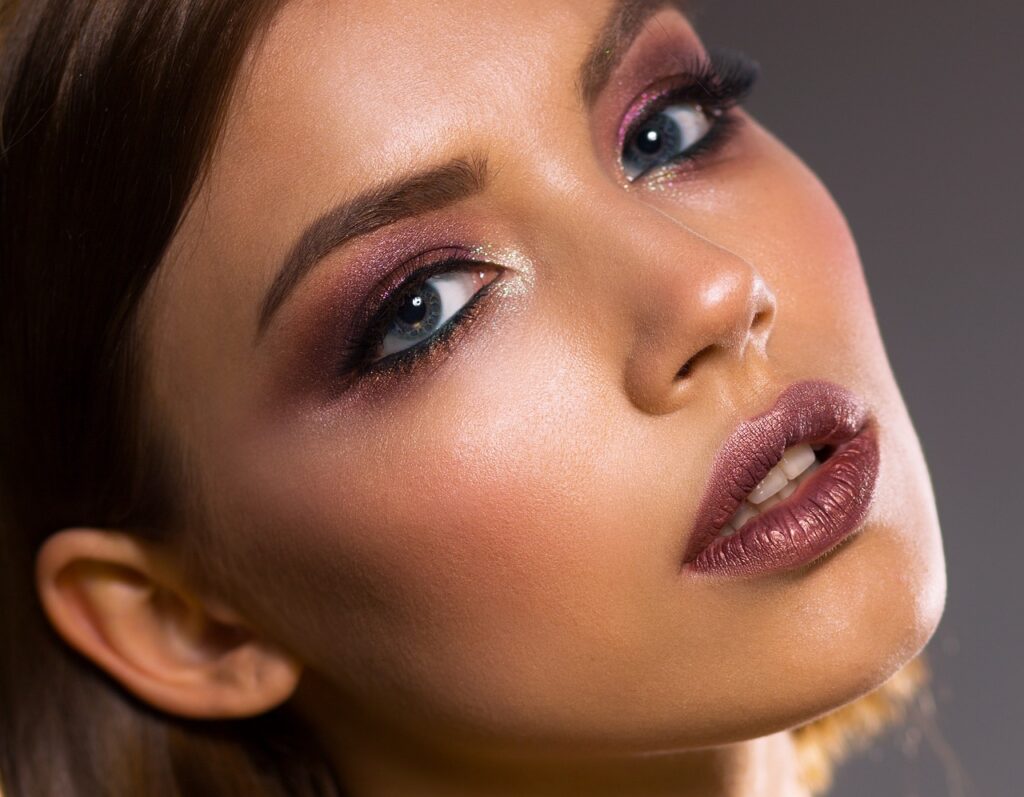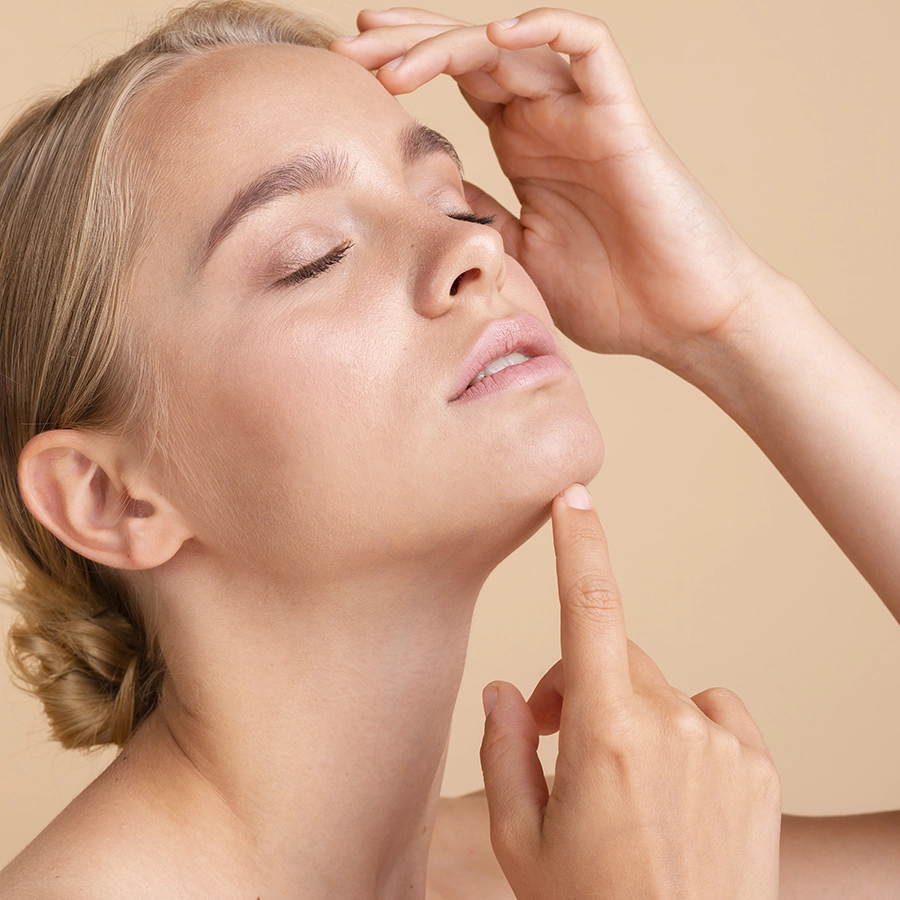Last Updated: February 14, 2023
What is a dermal filler?
We apply facial fillers called dermal fillers to compensate for volume losses and wrinkles. Since we only use hyaluronic acid in our own practice, what is described herein will be directed solely to our preferred products.
With aging, the subcutaneous fat layer and some structural elements of the skin, such as hyaluronic acid, elastin, and collagen fibers, are reduced, resulting in wrinkles and sagging.
Fillers are temporary, semi-permanent, or permanent substances injected under the skin to remove wrinkles, sagging, and scars, and sometimes give shape or volume to the tissue.
How are fillers effective?
Dermal Filler, fillers injected under the skin correct the wrinkles by filling the bottom of the lines, eliminating sagging by giving volume to the face, and shaping together with the fullness in the places with less amount.
Although some fillers are temporary, they stimulate the formation of new collagen in the skin during their stay. We call these peptide-filled fillings. Thus, since skin regeneration occurs, the applied area looks much better even after the filler melts.
While the advantage of peptide fillers’ lasting effects is 25%, it is a disadvantage that it can rarely cause subcutaneous lesions such as granuloma.
How to make a face filler?
Fillers are injected in small amounts into the wrinkle line with the help of a thin needle or blunt cannula. Filling injection takes about 5 minutes. The result is immediately noticeable.
What are the types of filling?
Fillers used for aesthetic purposes can be classified as temporary, semi-permanent, and permanent. Among the temporary fillers, hyaluronic acid is also widely used in the world.
Among the semi-permanent fillers, the most commonly used injections are calcium hydroxyapatite, polycaprolactone, and polylactic acid. The permanence of these fillings varies between 1-4 years. Permanent fillers are not preferred because of their side effects.
What are the advantages of hyaluronic acid fillers?
Hyaluronic acid is an FDA-approved, non-animal product that gives volume to the application area. Injection of hyaluronic acid into the skin promotes collagen production, which is vital to youthful-looking skin.
It has also been shown that hyaluronic acid in the skin acts as an antioxidant and fights harmful chemicals. The effect of the filler is immediate and continues for 4-18 months, depending on the selected concentration.
It is body-compatible and requires no allergy testing before treatment. Subcutaneously injected with a fine needle can be administered under local anesthesia and takes less than 1 hour.
After injection, CaHA particles stimulate and promote the body’s collagen formation as a “scaffold” Over time, it is separated into its components by the body. It is destroyed safely and naturally in the body. Results may be 18 months or longer but are not permanent.
For what purpose, which areas can be filled?
- Promote cheekbones
- Straighten nasolabial grooves (lines from the rim to the corner of the mouth)
- Elimination of bruises and bruises
- Application for removing face sagging
- Reduce sagging lines on the side (Marionette)
- Clarify the jaw and jawline
- Lip shape & plump
- To remove wrinkles around the lips
- Eliminate small deformities in the nose and remove nose tip
- Reduce lines between eyebrows
- Remove acne and scars
Is the filling application painful?
Most people say that the injections take place without pain. The use of an effective cream of local anesthetic before the application can help those with low pain threshold.
In our practice, we apply local anesthesia infiltration with fine insulin needles only in lip applications. In other filling applications, only high lidocaine cream can be used and cannula usage provides enough comfort.
How does the face look after the application?
Immediately after administration, there may be slight redness and edema at the injection sites, but they disappear several minutes later and completely within 2-3 days.














